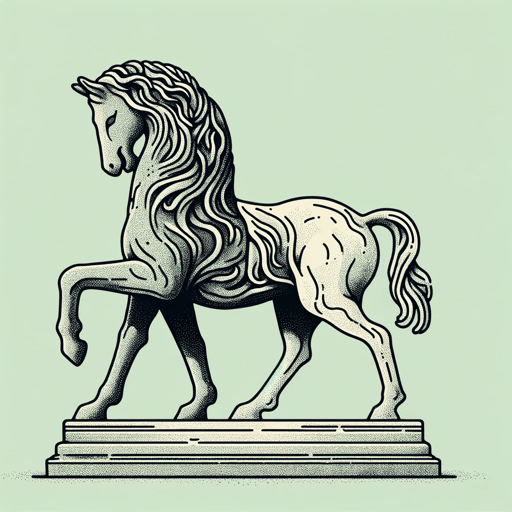26 pages • 52 minutes read
Jorge Luis BorgesThe Circular Ruins
Fiction | Short Story | Adult | Published in 1940A modern alternative to SparkNotes and CliffsNotes, SuperSummary offers high-quality Study Guides with detailed chapter summaries and analysis of major themes, characters, and more.
Themes
Idealism, Dreams, and the Creative Process
Borges was primarily a poet by calling. He was also a consummate student of literature, philosophy, and religion and spent a lifetime pursuing questions about the nature of existence and reality. One particular school of thought he was drawn to was idealism, or the belief that the human mind has the ability to influence or recreate reality. This theme runs throughout “The Circular Ruins,” as the protagonist seeks to create a man by dreaming: “The goal that led him on was not impossible, though it was clearly supernatural: He wanted to dream a man. He wanted to dream him completely, in painstaking detail, and impose him upon reality” (215-16).
For Borges, the sorcerer’s task parallels that of the creative process. A writer often requires the same things: isolation, peace in which to concentrate, and time. A writer’s creation also starts as something small and amorphous until the details can be fleshed out: “He dreamed the heart warm, active, secret—about the size of a closed fist, a garnet-colored thing inside the dimness of a human body that was still faceless and sexless” (220). “The Circular Ruins” serves as a type of allegory, then, for the creative process.
Related Titles
By Jorge Luis Borges
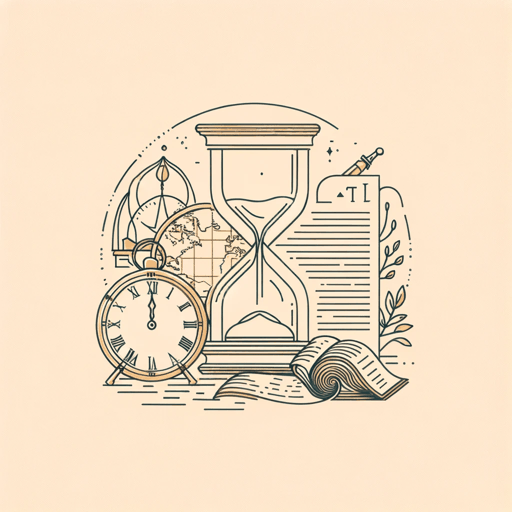
Borges and I
Jorge Luis Borges

Ficciones
Jorge Luis Borges
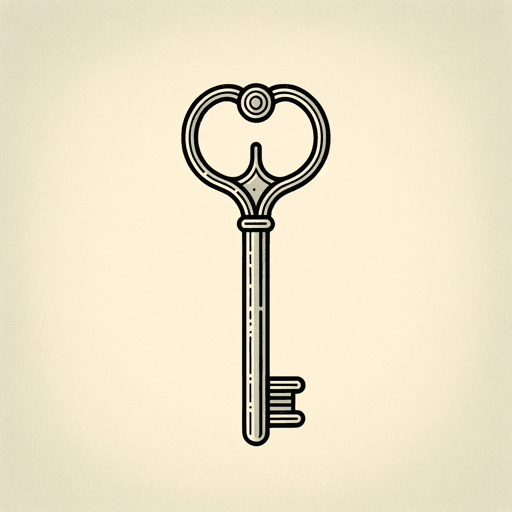
In Praise of Darkness
Jorge Luis Borges
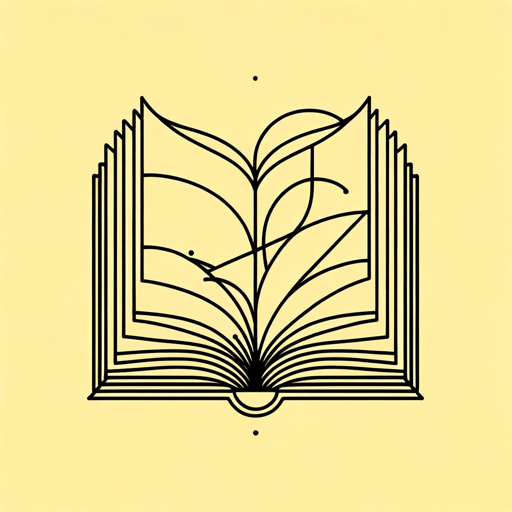
Pierre Menard, Author of the Quixote
Jorge Luis Borges
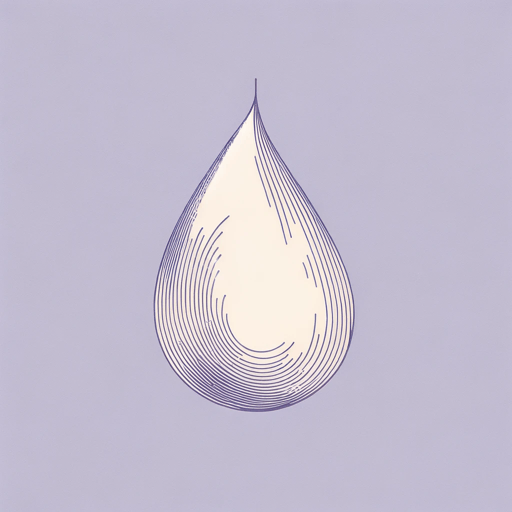
The Aleph
Jorge Luis Borges

The Aleph and Other Stories
Jorge Luis Borges
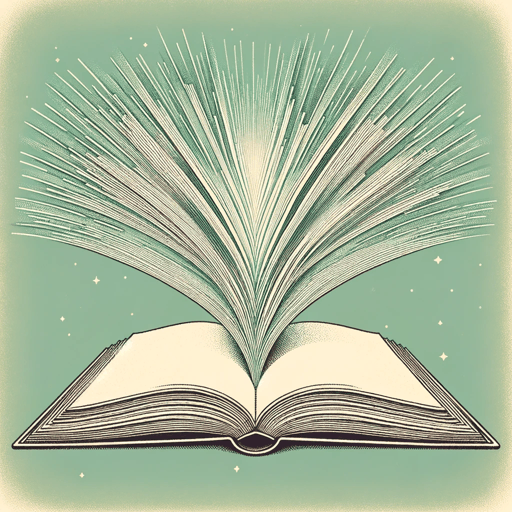
The Book of Sand
Jorge Luis Borges
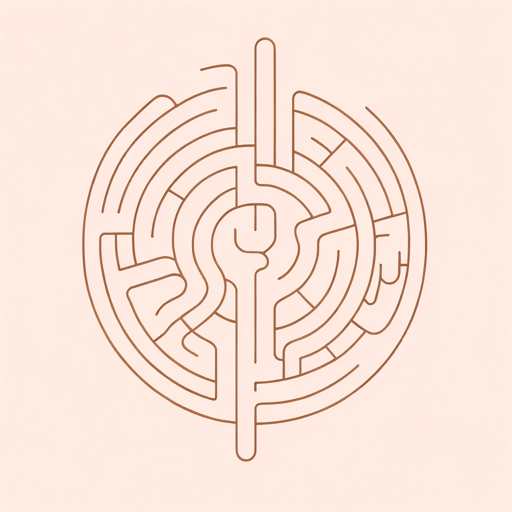
The Garden of Forking Paths
Jorge Luis Borges
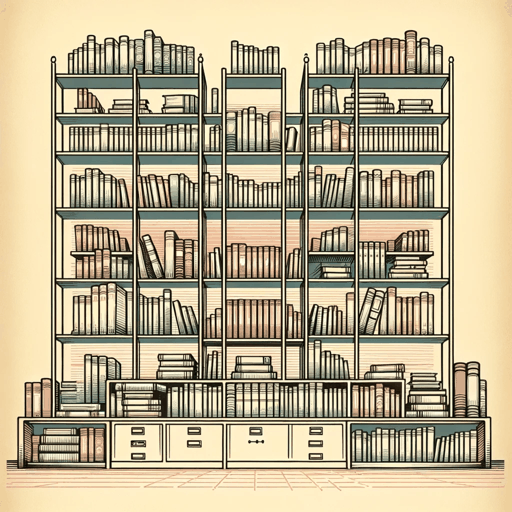
The Library of Babel
Jorge Luis Borges
